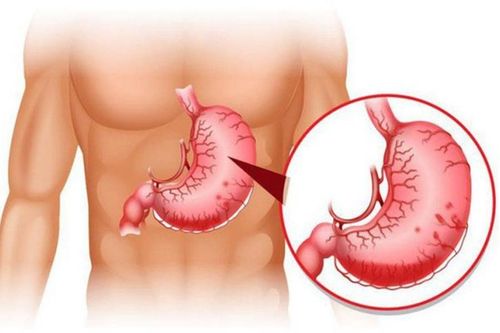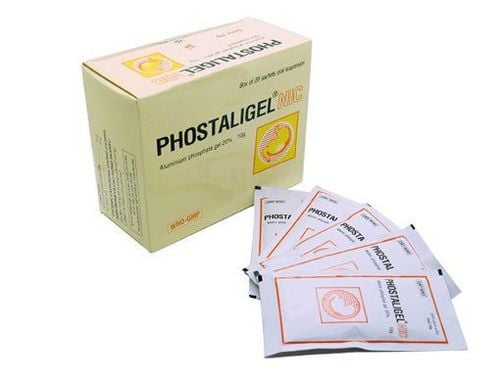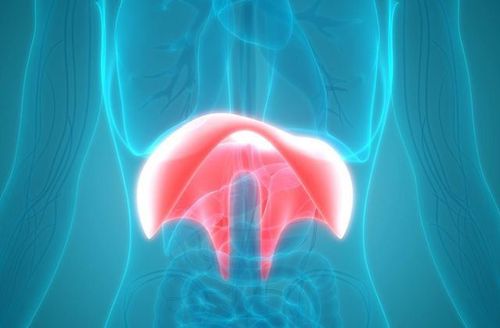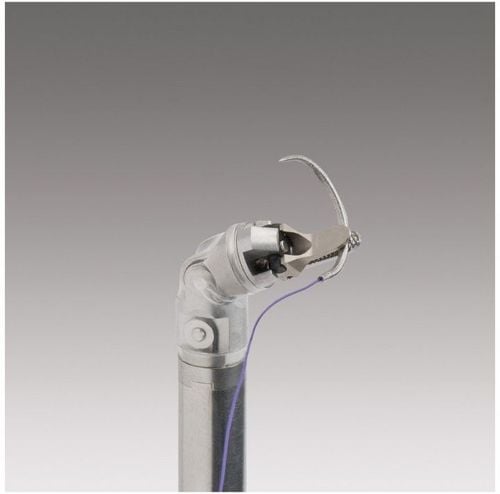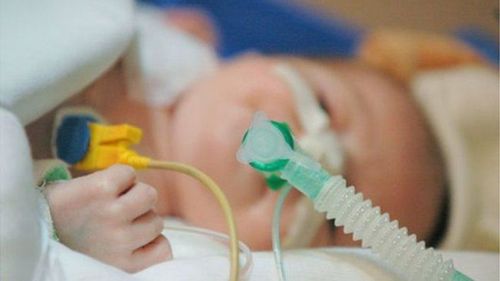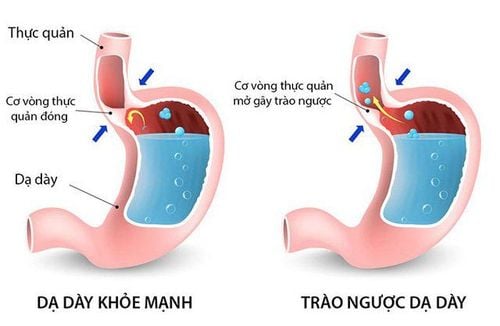This is an automatically translated article.
The article is written by Master, Doctor Mai Vien Phuong - Gastroenterologist - Department of Medical Examination & Internal Medicine - Vinmec Central Park International General HospitalInvite you to follow the series on treatment of diaphragmatic hiatus hernia by Doctor Mai Vien Phuong:
Treatment of diaphragmatic hiatus hernia part 1: Medical and surgical treatment Treatment of hiatal hernia part 2: HIS angle shaping method Treatment of diaphragmatic hiatus hernia part 3: Robotic surgery and laparoscopic surgery Since the first laparoscopic surgical repair of a diaphragmatic hernia in 1991, there has been debate about the best approach to treating a hiatal hernia. It is suggested that the laparoscopic approach, with many types of surgery, has a low postoperative pain rate, fast recovery time.
1. Prospect of diaphragmatic hernia surgery - robotic surgery
Robot-assisted surgery has developed rapidly in recent decades. In 1985, at Memorial Hospital (Los Angeles), Kwoh et al. used PUMA 200 robot to assist in brain biopsy under CT scan guidance and laser control during surgical intervention. Since then, in parallel with the development of laparoscopic surgery, robotic-assisted laparoscopic surgery has made great strides, being applied in almost all fields of surgery. Three main features of robotic laparoscopic surgery include: remote surgery, minimally invasive, no direct use of the surgeon's hand. Robotic laparoscopic surgery still retains the main advantages of laparoscopic surgery including: accuracy, compactness, small incision, reduced blood loss, postoperative pain relief, and fast postoperative recovery time. Furthermore, the use of an assistive robot helps the surgeon operate more comfortably under the 3-D live image.Recently, robotic laparoscopic surgery has been used to treat diaphragmatic hernia by WA. Draaisma and IAMJ. Broeders. The author found that this method still faces many challenges such as: difficulties in equipment, human resources, cost, difficulty in dissection of the hernia sac, high recurrence rate (12.5%), There are not many reports on this surgical method for comparison. This method is being studied more deeply, overcoming the above disadvantages will open up a new promising direction for the treatment of diaphragmatic hernia.
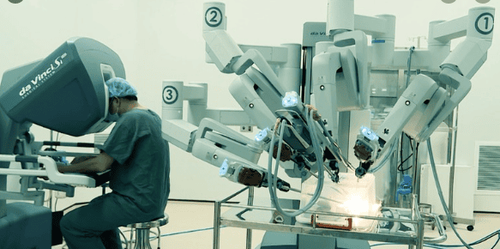
2. Complications and complications of diaphragmatic hernia treatment:
This is a major surgery, so there are many possible complications and postoperative complications:Intraoperative complications: bleeding, esophageal perforation, gastric perforation, small bowel perforation, pneumothorax, injury surrounding structures such as liver, spleen,... Early post-operative complications: postoperative bleeding, periesophageal hematoma, cardiovascular complications, respiratory complications, post-operative fistulae such as esophageal fistula, Gastric probe, early bowel obstruction after surgery, wound infection...
3. Feasibility of laparoscopic surgery for diaphragmatic hernia
Since the first laparoscopic surgical repair of a diaphragmatic hernia in 1991, there has been debate about the best approach to treating a hiatal hernia. It has been suggested that the laparoscopic approach, with many types of surgery, has a low postoperative pain rate and fast recovery time.Today, laparoscopic surgery for diaphragmatic hernia has almost completely replaced open surgery through the abdomen or left chest. Laparoscopic surgery for diaphragmatic hernia is a highly demanding surgery, but it is a feasible and safe technique, associated with postoperative symptom relief, postoperative pain relief, and recovery time. Quick return to normal activities.
However, laparoscopic surgery also has some disadvantages: this is a difficult surgical technique, which needs to be performed in a specialized center with surgeons who are experienced in laparoscopic surgery, well-versed in the on the physiology and pathology of the esophagus. Many types of complications and complications that can be encountered during and after surgery are also an obstacle, but in the past, when the new laparoscopic surgery method was born, many opinions did not support this method.
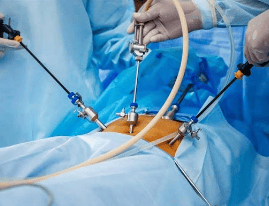
4. Recurrence after diaphragmatic hernia surgery:
During the 1980s, the reported recurrence rate was 24-42%. If the patient has a graft, the rate is 0 - 9%. There are different definitions of early and late relapse times. The longer the follow-up period, the more meaningful the assessment of recurrence. According to Robert J Wiechmann, early relapse was defined as within the first 2 months after surgery. For late relapse, the defined time may be 2 or 3 years.Vinmec International General Hospital is a prestigious address trusted by many patients in performing diagnostic techniques and treating diaphragmatic hernias... Along with that, at Vinmec Hospital, internal surgery Diagnostic endoscopy was performed through gastroscopy with Olympus CV 190 endoscope, with NBI (Narrow Banding Imaging) function for clear mucosal pathological analysis results. sharper than conventional endoscopy, detecting small hernia lesions. Vinmec Hospital with modern facilities and equipment and a team of experienced experts who are always dedicated in medical examination and treatment, customers can rest assured with gastroscopy and esophagoscopy services at Vinmec Hospital. Vinmec International General Hospital.
Please dial HOTLINE for more information or register for an appointment HERE. Download MyVinmec app to make appointments faster and to manage your bookings easily.





